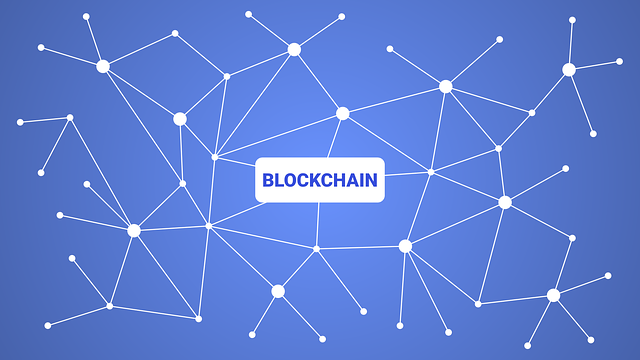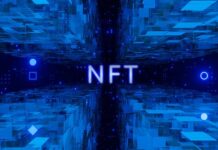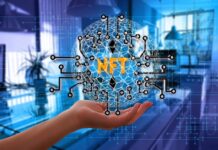
By Sally Wu
While blockchain networks have been around for a while, the application of blockchain to business is relatively new. It’s a lot of hype around the technology, and there are many claims on what it can and cannot do. In the wake of Sam Bankman Fried’s FTX collapse, which was the world’s second largest crypto exchange, faith in blockchain based cryptos has dwindled. However, blockhain as a smart contracts technology is around here to stay.
Many of the large MNCs have already started using it for their internal systems to make them secure. While it’s tempting to dismiss it as simply a new technology platform, and focus on its use cases with big corporations (again, Microsoft, JP Morgan, IBM, and NASDAQ are all involved) – the reality is that blockchain could be useful for any business in the world. In fact, many companies in the US are already using it to help them make trades. It’s likely that more business models will be revealed in the future, and some may be closer to use case-ready than others, including use of blockchain in egovernance.
Businesses need to work out the best way to implement blockchain systems, and address technical, security, and policy issues before they make the change.
Not only that, but there’s a shortage of qualified staff within the technology world – particularly in the US – and these people are in high demand.
Now you understand the potential of blockchain technology, let’s take a look at how a blockchain network works.
Here’s how a blockchain network works:
Every single computer on the network creates transactions that are replicated by every other computer on the network, ensuring that transactions don’t change after a number of blocks have been validated. Every transaction is marked by its timestamp, a cryptographic hash of what was said, and what was completed. The timestamps are replicated so that all computers can see what happened. This allows the network to validate transactions.
Each computer on the network must follow the rules of the blockchain – the same rules that the network created.
Some blockchains may allow the network to change a transaction’s timestamp at any time, without the need for consensus from every computer in the network.
That means a single computer can independently change what happened after the timestamp, in a bid to gain more rewards – and the rest of the network must follow the new timestamp. This allows the network to be trusted and secure.
The blockchain network creates a new layer of security that gives it a secure underpinning to the current system.
However, the blockchain network still relies on a central authority – the blockchain authority.
The blockchain authority receives transactions from every computer in the network, and validates them – effectively creating a record of what happened. This is known as a blockchain. The blockchain authority then allows transactions to be put on a secure ledger, known as the blockchain. This ledger then updates the blockchain by creating a record of what has happened and what is expected to happen next.
When the blockchain ledger receives an operation, it checks if the operation is correct by validating the transaction using the blockchain’s rules and if it’s valid, it holds onto it, allowing it to be validated again in a similar way a second time.
Finally, when the transaction is complete, the blockchain authority releases the transaction into the blockchain network’s blockchain network, giving the transaction a secure record on the blockchain network.
That means that every transaction on the blockchain network has been confirmed by a third party, making it much more secure and secure. The ledger is highly unlikely to be tampered with, as each block on the blockchain resides in multiple computers around the world. Even as the blockchain based currency market is shaken up in 2022, however more and more blockchain based networks will come up in order to ratify transactions and documents in the future.
(The author is a digital marketer & blogger with Startupanz.com)











